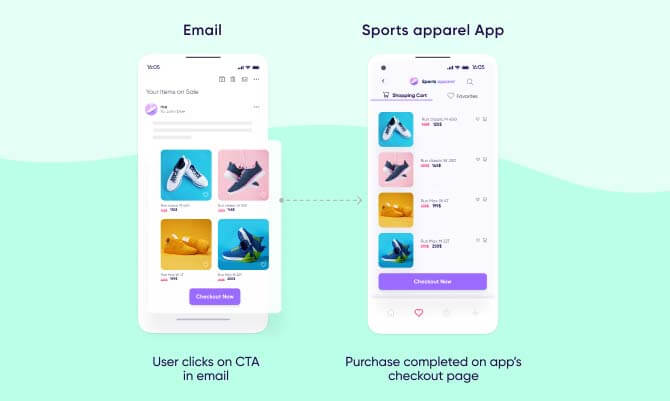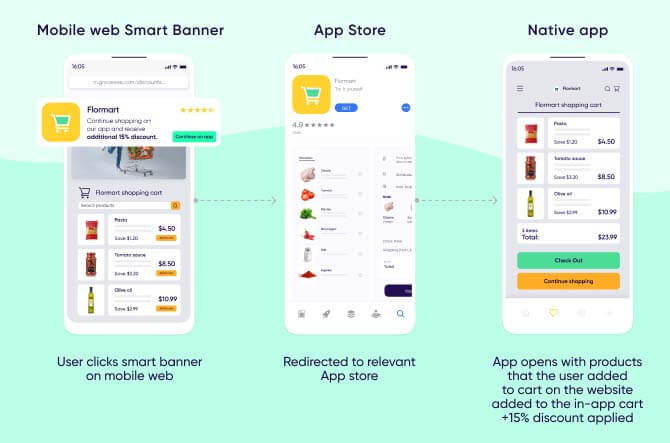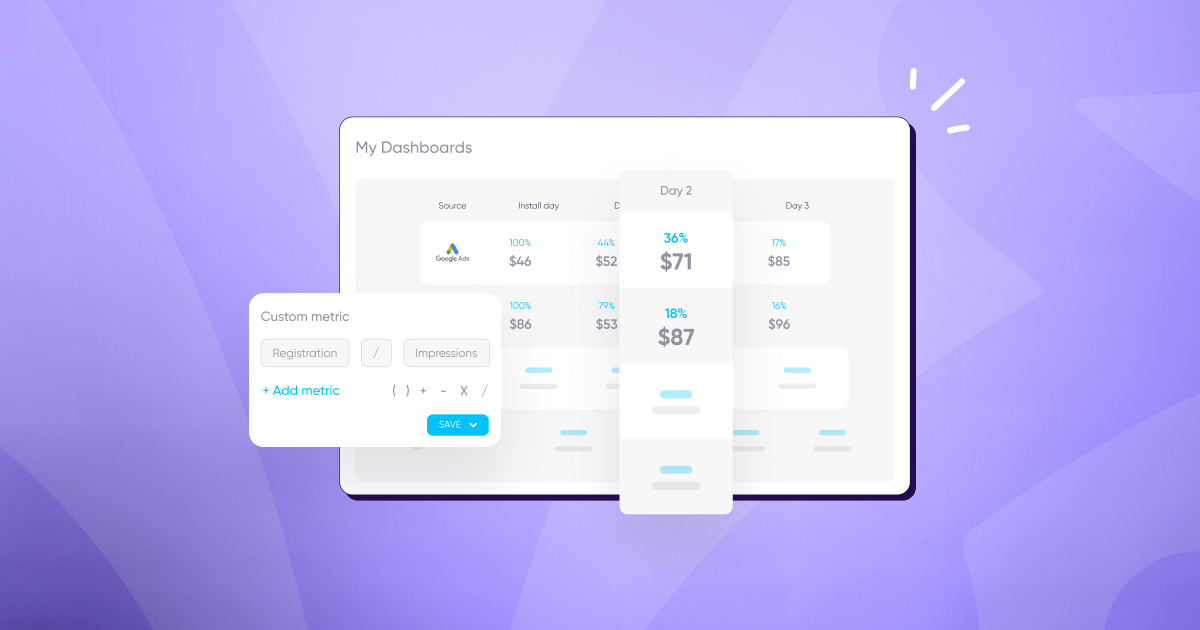
Overcoming a challenging holiday season through digital sustainability

The wind is getting stronger, the air is slowly getting colder and last year’s favorite sweater is getting closer to making a comeback.
We can already feel the holiday season approaching.
Aside from the excitement around meeting friends and family around the holiday table, this time of year holds additional value for marketers worldwide.
It’s the time of year when customers are gearing up towards shopping, whether it’s for presents, household items, halloween costumes, or groceries for hosting a fancy meal.
If you’re reading these lines you’re likely thinking about how you can make the most of this time of year by making sure your customers spend their money in a way that’s most beneficial to your business.
Challenging times
But this is not just another Q4 shopping season blog post. This year, Q4 is shrouded by a cloud of uncertainty. Uncertainty that affects both customers and businesses alike.
The world’s economy is currently undergoing a challenging recession. Bear market is on the rise, interest rates are climbing up, energy prices are spiking, a shortage of goods is felt across industries due to global events, which in turn — all affect prices.
Cost of living, an issue that’s been growing in awareness over the past decade, is now becoming a very serious concern for more and more people worldwide.
And while the holiday season often has a tendency of pushing these concerns aside for a short while, the cost of living will undoubtedly have an impact on what our customers are going to do and how they’re going to spend their money.
They’ll likely be more attentive to prices and value for money. Their brand loyalty may decrease in favor of better deals or discounts.
At the end of the day, the same can also be said about businesses and advertisers. The financial slope skips no one, and in these times all of us are on the lookout to identify smart, cost-effective ways of making an impact and sustain growth.
We all want to do more with less, or at least with what we already have. That means optimizing existing funnels, and streamlining customer experiences to gain the relative advantage.
This series of articles will introduce a few possible ways of doing just that.
What is digital sustainability?
Sustainability is an approach that seeks to prevent the depletion of natural or physical resources, so that they will remain available and beneficial for a longer period of time.
This term often applies to physical resources and focuses on creative ways to use and re-use them. And digital resources are no different.
Exploring smart and creative ways to make use of existing digital assets can drive additional value out of business elements we often take for granted or use in a very specific way.
1 – Leave no cart behind
A by-product of the current financial climate is that users might be more keen than usual to compare their potential cart prices with different vendors or online stores prior to making a purchase.
This means that your cart abandonment strategy has to be ready with the right messages to make sure you capitalize on their current needs.
On normal days, roughly 70% of carts are abandoned at checkout. While the reasons for abandoning cart might be partly unknown, these are still high-intent users who for whatever reason — did not proceed to payment.
Many times, the difference between a missed purchase and a successful one can be a single touchpoint that did or didn’t work.
By Integrating deep linking with your ESP, you can create email templates directly targeting users with abandoned cart item(s).
You can define specific CTAs to approach them in the best possible way and set up email automation.
Once the CTA is clicked, the user will be redirected seamlessly to the checkout page with the chosen cart items already in place.

Approaching these users, perhaps with a special deal or discount, could make the difference between losing them to a competitor or winning their business for current and future purchases.
2 – Get to the app
Believe it or not, many customers still prefer to use your website, through their desktop or mobile device, instead of your app — when doing their online shopping.
Despite all that, many marketers would rather have their users interact with their services through their app, for various reasons.
- Measurements and insights: Mobile apps offer measurement on a level mobile websites simply don’t with a wealth of mobile insights available
- Improved conversion rates: the user-friendly nature and convenience that mobile apps offer help customers complete purchases in a matter of seconds and using a few clicks. An easy and seamless shopping experience goes a long way when optimizing conversion rates.
- Customer loyalty: your app plays a key part in your product branding and how your customers perceive your business. With your app’s icon on their mobile device, they are constantly reminded of good experiences they had with your brand and are more likely to return in the future.
- Personalized shopping experience: an in-app experience allows you to create a personalized catalog for each customer, based on their history with your service. A sense of familiarity is a major factor in their decision to return again and again.
The expected increase in activity during Q4 can be a great opportunity to migrate more of these users to your app. This can be done through a simple process that covers two key elements, while costing you nothing:
- Providing quick and smooth access
- Providing an incentive
Implementing Smart Banners across your site checks both of these boxes.
Smart Banners’ messaging can be tailor-made for the specific page or context you’re after, taking the user to the relevant page in your app through deep linking.
Once the user clicks the CTA, they’re redirected to the relevant app store & install the app. Upon the app launch, the user is redirected to the relevant page along with the relevant items automatically added to their cart.

Introducing an incentive can provide further motivation to complete a desired action. This incentive can either be a discount or any other type of benefit, with the end result being your customers’ engagement with your app.
Key takeaways
The concept of digital sustainability goes hand in hand with Return on Experience (ROX). ROX focuses on the impact of smooth, streamlined, and contextual customer experiences within your app, and their translation into tangible business value.
ROX offers a measurement framework that provides an accurate assessment of your cross-channel campaigns’ success, and its effects on business performance and KPIs.
This holiday season is a great opportunity to get creative with your marketing strategy. Looking into known tactics or existing assets and tweaking their usage to fit the current climate — can have a major impact across your business.
Happy holidays!




